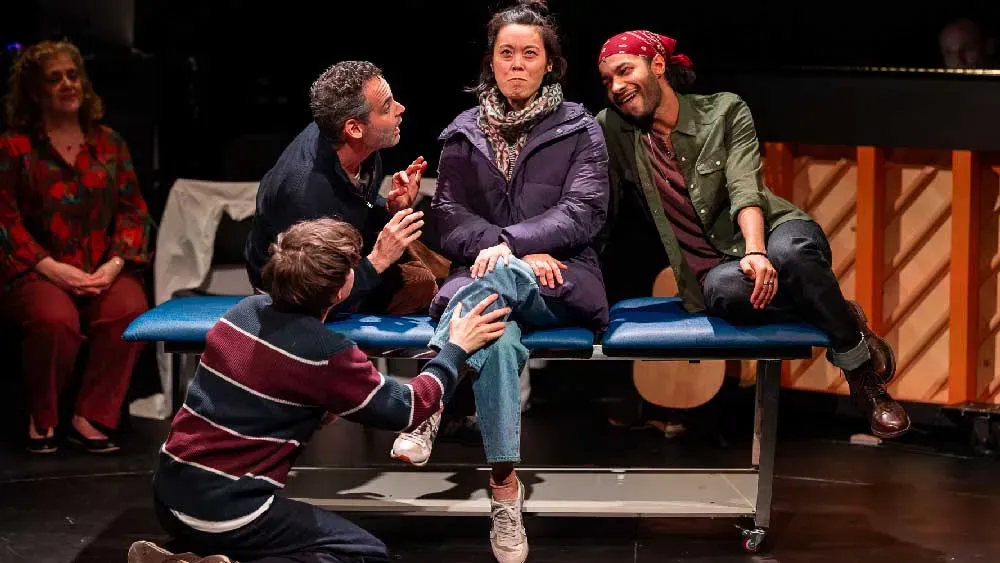Press
In The Harvard Crimson: ‘Night Side Songs’ Preview: Interactive Theater’s Approach to Caregiving and Catharsis
03.25.2025

“Night Side Songs” centers itself on a quote by the esteemed American writer Susan Sontag: “Illness is the night side of life, a more onerous citizenship. Everyone who is born holds dual citizenship, in the kingdom of the well and in the kingdom of the sick.”
It is with these words in mind that every audience member enters what is ultimately not a standard theater experience but an interactive one full of grief, healing, and catharsis. Constructed with the meticulous attention of director Taibi Magar, “Night Side Songs” offers an intimate evening meditating on the tragic, yet universal themes of illness and caregiving.
Written by siblings Daniel and Patrick Lazour and having already completed a full run at the Philadelphia Theatre Company earlier this year, this new production will be performed at two of the American Repertory Theater’s venues this spring: first at the Cambridge Masonic Temple in Porter Square from March 27 through April 6 and later at Hibernian Hall in Nubian Square from April 8 through April 20.
“Night Side Songs” takes interactive theater to another level, expanding from simple audience participation to the creation of an atmosphere in which everyone — audience and cast members alike — can sing and be together. This interactive experience allows one to grapple with, confront, and appreciate difficult themes in a collective and honest manner.
“It’s an interesting, I think, mixture of communal singing and a communal grieving event in some ways, but also a communal celebration of life and togetherness,” Brooke Ishibashi, who plays Yasmine in the show, said in an interview with The Crimson.
This effect is amplified by the production’s design and technical elements. For instance, the play is performed partially in the round, the house lights remain on throughout most of the show, and some of the dialogue is spoken in direct address to the audience. These features strip away typical methods of distancing set by standard theater productions and offer, as a result, a very different experience.
“You can’t hide; You’re part of the story, whether you like it or not. And, on the other hand, you see people across from you singing. It kind of gives you permission to sing, to participate,” Jonathan Raviv, who plays Frank, said.
“Night Side Songs” offers a glimpse into the world of illness through the eyes of the caregiver, an often undertold perspective, according to Ishibashi. With the house lights on for most of the show, the cast can see the audience just as clearly as the audience can see them, allowing the theme of caregiving to extend outside of the plot.
“We are caretaking for the audience. We are caretaking for each other, as performers. We’re caretaking for the crew. We’re caretaking for the staff of the theater,” Ishibashi said.